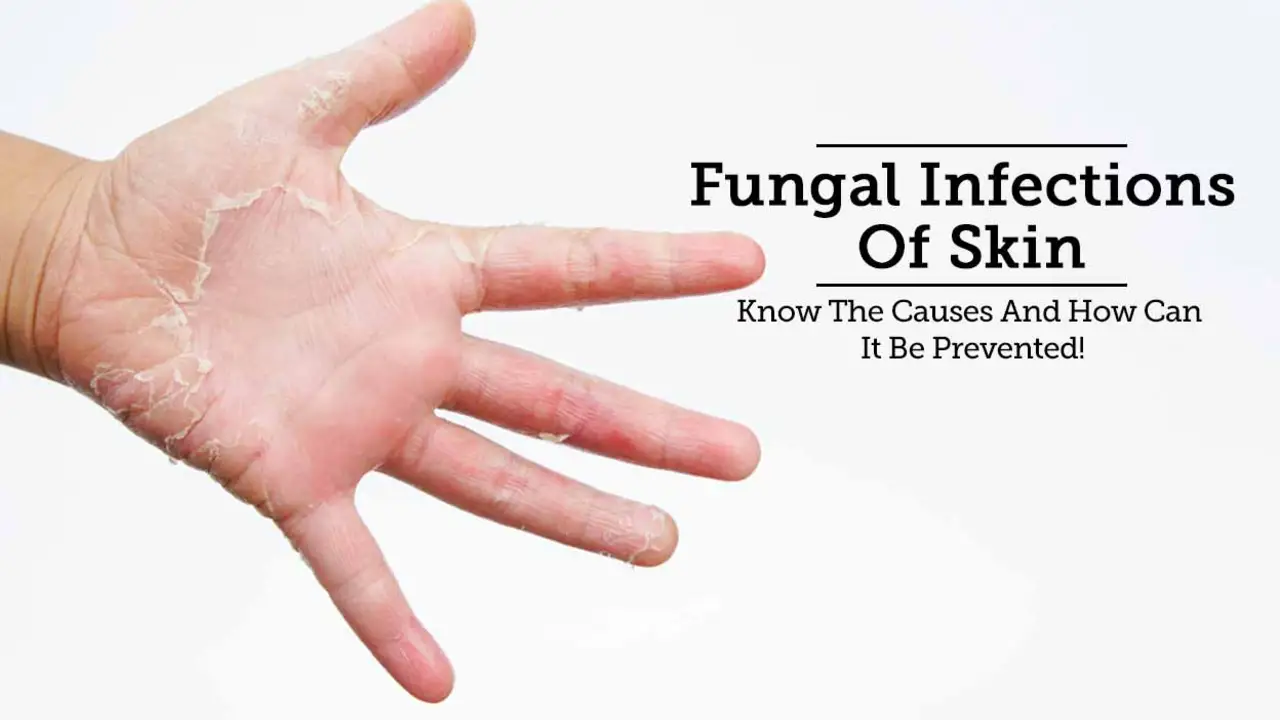Hi everyone! Today, I'm going to shed some light on a topic that we don't discuss often but is crucial for our health - the impact of fungal infections on our joint health and mobility. We'll delve into how these pesky infections can wreak havoc on our joints, leading to discomfort, reduced mobility, and in severe cases, debilitating diseases. Moreover, we'll explore the signs to watch out for and the steps we can take towards safeguarding our joint health. Join me in this enlightening journey towards a healthier you.
Fungal Infections – What They Are, How to Spot Them, and How to Treat Them
Did you know that about one in four people will battle a fungal infection at some point? It’s not just a skin problem – fungi can affect nails, the mouth, even internal organs. The good news? Most infections are easy to recognize and treat if you know the signs.
Common Types and Symptoms
When we talk about fungal infections, the first names that pop up are athlete’s foot, ringworm, and yeast infections. Athlete’s foot shows up as itching, burning, and a scaly rash between the toes. Ringworm isn’t a worm at all; it’s a round, red patch with a clearer center that can appear on the skin, scalp, or nails.
Yeast infections, caused by Candida, often affect warm, moist areas like the groin, under the breasts, or the vaginal lining. You might feel itching, a thick white discharge, or a burning sensation. Oral thrush looks like white patches on the tongue or inside the cheeks and can make swallowing uncomfortable.
Nail fungus is another common complaint. It starts as a slight discoloration, then the nail thickens, becomes brittle, and may crumble at the edge. If left untreated, the nail can separate from the nail bed.
Effective Treatment and Prevention Tips
Most surface infections clear up with over‑the‑counter antifungal creams, sprays, or powders. Look for active ingredients like clotrimazole, terbinafine, or miconazole. Apply the product exactly as the label says – usually twice a day for two weeks, even if the rash looks better after a few days.
If the infection is stubborn, spreads quickly, or involves the nails, a prescription may be needed. Oral antifungal pills such as fluconazole or itraconazole work systemically and require a doctor’s go‑ahead. Always finish the full course to avoid a relapse.
Prevention is mostly about keeping skin dry and clean. Change socks and underwear daily, especially after exercising. Use moisture‑wicking shoes and let your feet air out whenever possible. In the shower, dry between toes thoroughly before putting on shoes.
Diet can play a role, too. Sugary foods feed yeast, so cutting back on sweets may reduce the risk of recurrent candida infections. Probiotic‑rich foods like yogurt or kefir help maintain a healthy balance of good bacteria that keep fungi in check.
If you’re prone to infections, consider a regular foot soak with vinegar or Epsom salts. Both create an environment that’s hostile to fungi. Just soak for 15 minutes, dry well, and put on fresh socks.
Bottom line: Spot the symptoms early, treat with the right antifungal, and keep the area dry. Those simple steps stop most fungal infections in their tracks and keep you feeling comfortable again.

